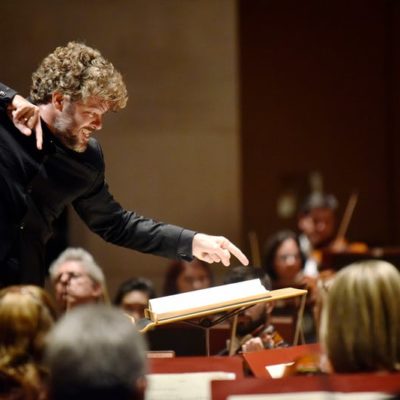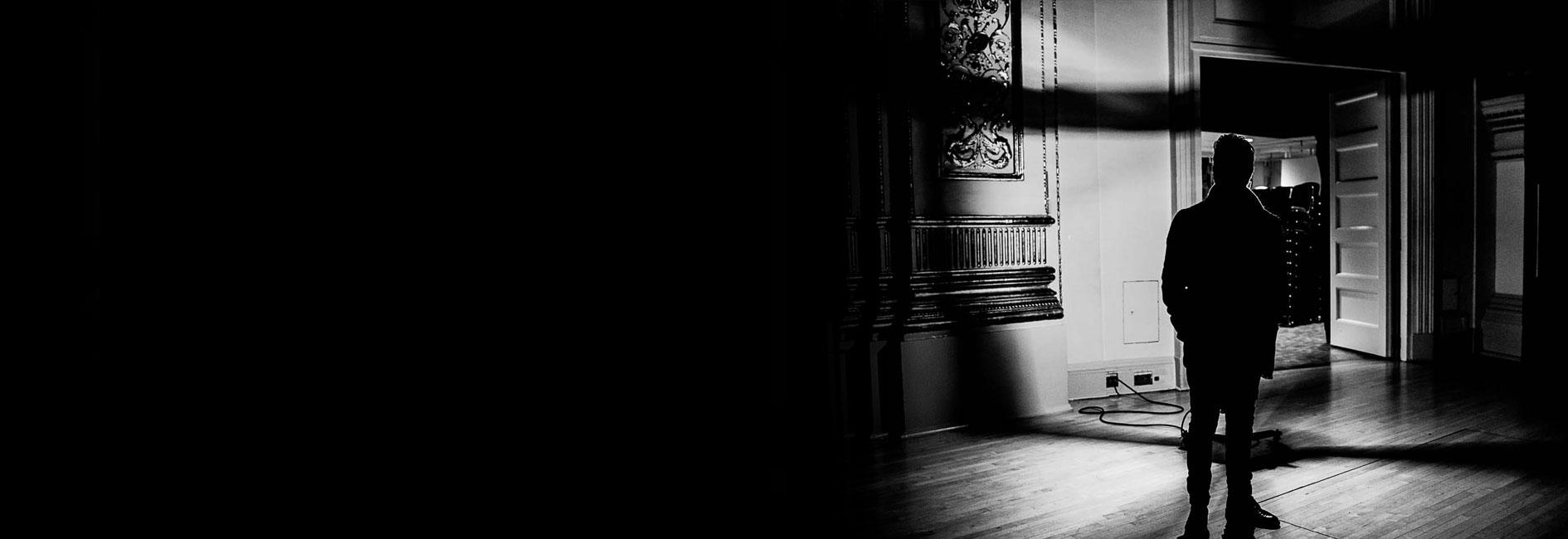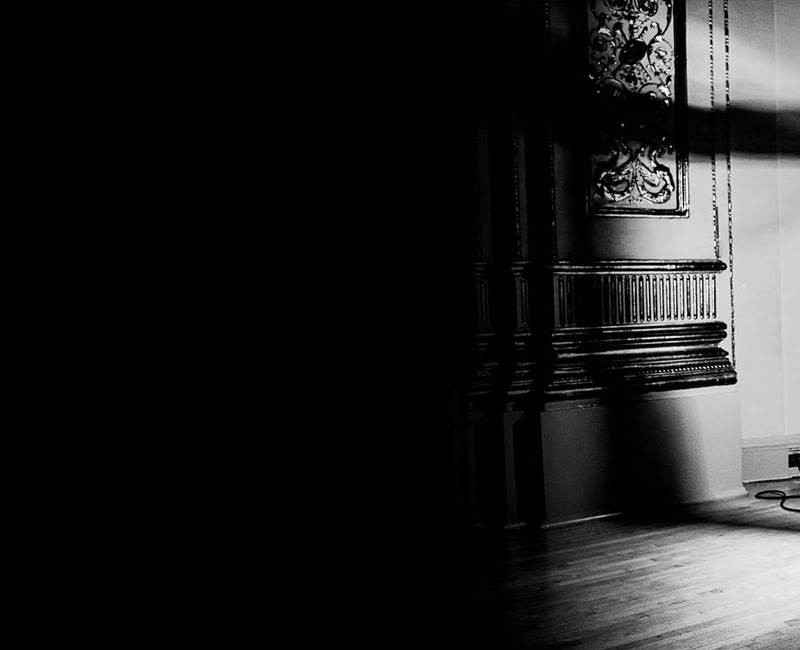
Dallas News: Pablo Heras-Casado dazzles in Debussy and Ravel
20 oct 2017
Leading the orchestra Thursday night at the Meyerson Symphony Center, the 39-year-old Spaniard delivered electricity and elegance with the music of Debussy and Ravel. Repeat performances are highly recommended.
You can do a Beethoven symphony — although you shouldn’t — on automatic pilot. This, by contrast, is music of elaborate detail in orchestral timbre and texture. A gazillion decisions must be made about balances and rhythmic give and take.
From the very opening of Debussy’s La mer it was clear that something special was happening. Eschewing a baton, Heras-Casado is certainly a demonstrative conductor, but every gesture, every posture meant something.
One can treat La mer as «just» a showpiece of orchestral color and atmosphere, but this performance was exciting in ways I’d never before imagined the piece. These weren’t pretty pastels, but the sea dramatized in flashes of bright lights and brilliant colors. Even the hushed, predawn opening glowed in focus.
I haven’t heard pianissimos like these from the DSO — barely audible shimmers of sound, but charged with electricity — in I don’t know when. When climaxes came, they fairly exploded on the scene. One truly sensed the play of wind and waves, the surges and ebbs of the sea, the textures of foam. The music was alive.
The same assets made for a compelling Ravel Daphnis et ChloéSuite No. 2, building to a brilliant, thrusting conclusion, but Heras-Casado also luxuriated in the soft-focus sensuousness of the music. (Why, yet again, did the DSO perform it without the chorus parts, which add so much to the drama?) Rustling winds emerged as through a morning fog, then violas and cellos spun out a melody of noble beauty. Heras-Casado made us beg, just enough, for pivotal downbeats.
Pianist Jean-Yves Thibaudet matched Heras-Casado for strategically managed electricity in the Ravel Concerto for the left hand (one of a number of works commissioned by the Austrian pianist Paul Wittgenstein, who lost his right arm in World War I). The piano part emerged boldly from the bass, Thibaudet commanding amazing power with just five fingers. But the central slow section was at once dreamy, tender and unsentimental, as it should be, as was Thibaudet’s encore, Ravel’s Pavane for a Dead Princess.
Rounding out the program were fine performances of «Gigues» and «Rondes de printemps» (Round dances of spring) from Debussy’s Images.
Among notable soloists during the concert were Kerr, flutist David Buck, bassoonist Ted Soluri (gorgeous lines in the Ravel concerto), and Willa Henigman, playing the plaintive oboe d’amore (like an English horn with a more metallic upper register) in «Gigues.»
Scott Cantrell, Dallas News

